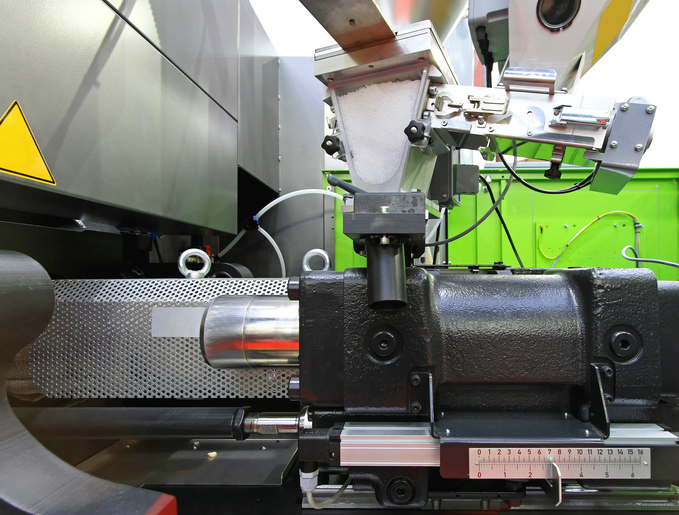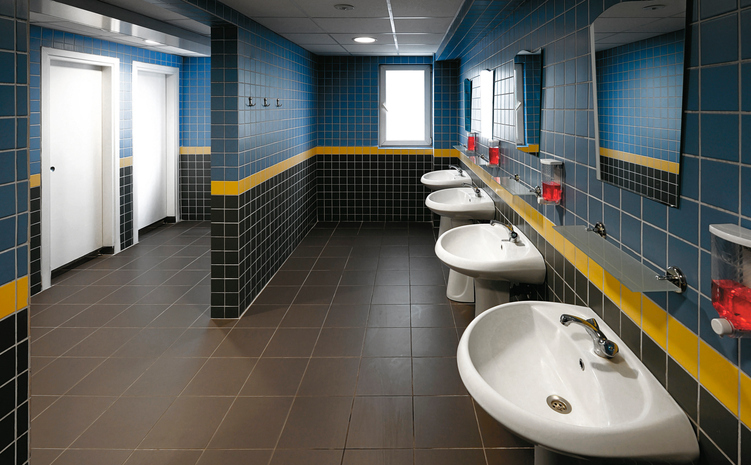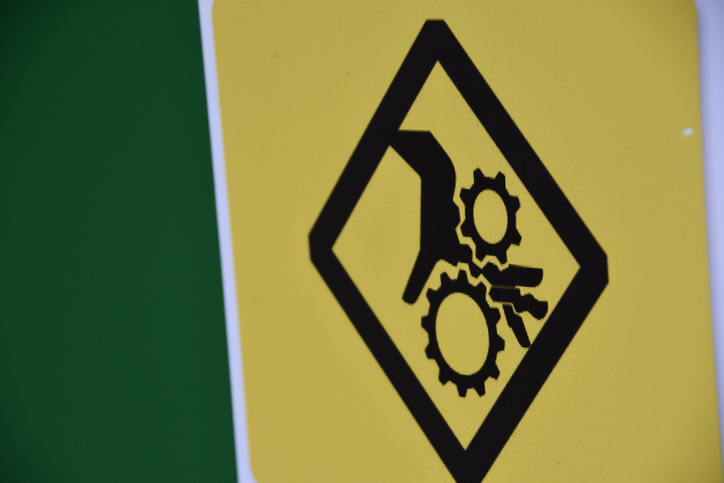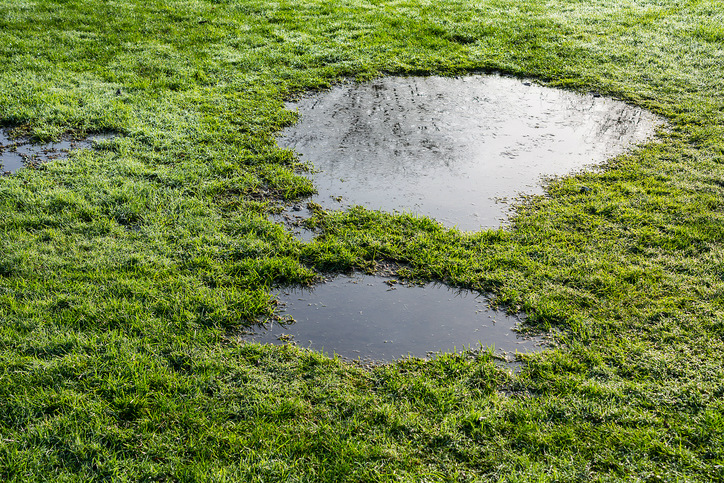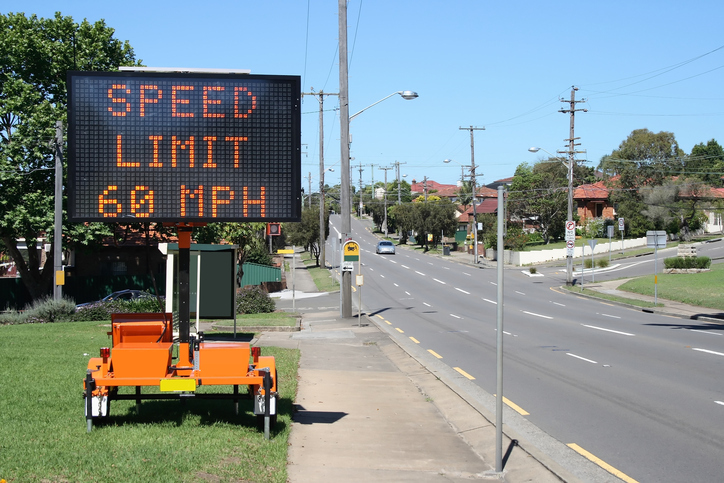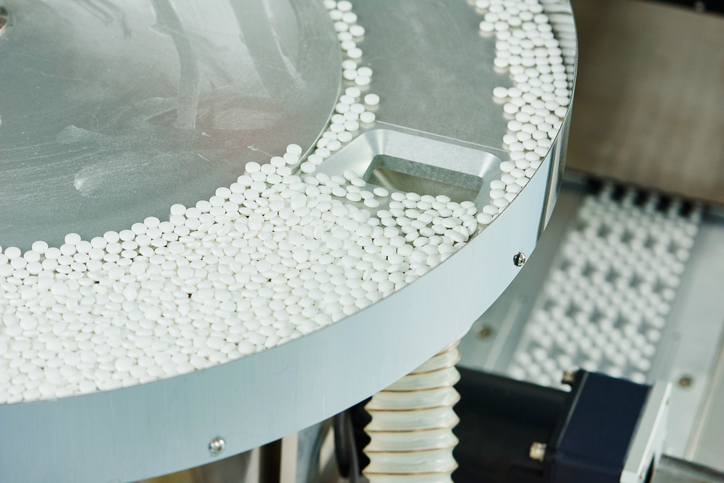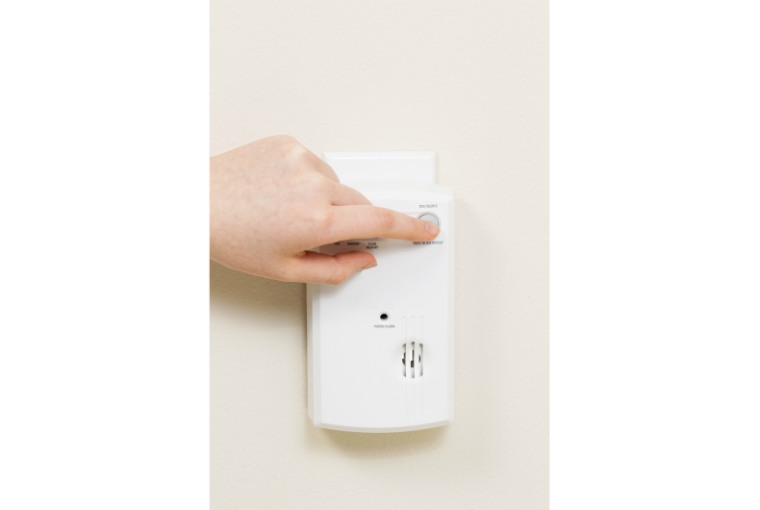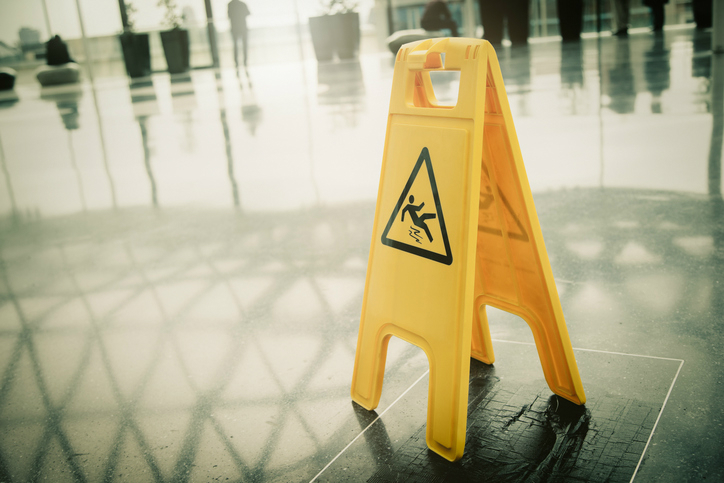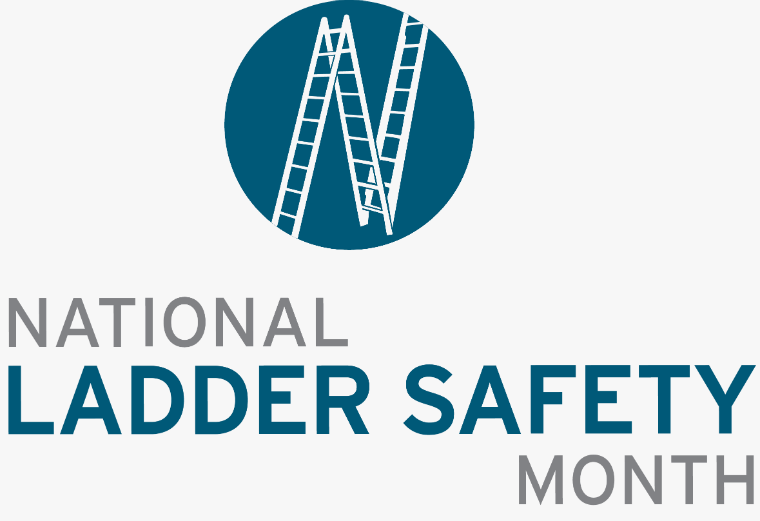ANSI/PLASTICS B151.1-2017 - Plastics Machinery - Safety Requirements for Injection Molding Machines is an American National Standard that focuses on the safe use of Horizontal Clamp Injection Molding Machines (HCIMMs) and Vertical Clamp Injection Molding Machines (VCIMMs) that process plastic materials and inject them into a mold held closed by the acting clamp. The main difference between these two IMM types is the orientation of the clamping mechanism to the molds, but the safety considerations for identifying and addressing hazards are identical.
According to the standard, there are several parties responsible for identifying and addressing risk in IMMs, depending on the state of the machines. For existing IMMs, the user is responsible for addressing operation hazards associated with installation, set-up, operation, and maintenance. For those being manufactured, repaired, or modified, the responsibility is either shared or split between the user and the supplier.
ANSI/PLASTICS B151.1-2017 also lists and details the many hazards present in injection molding machines. Each component of these machines, including the mold area, clamping mechanism area, area of movement of core and ejector drive mechanisms, nozzle area, injection unit area(s), feed opening area(s), area of the heater(s) of the injection cylinders, parts discharge area, and hoses, can introduce hazards to personnel. These hazards can be either mechanical or thermal, exposing workers to potential burning, crushing, shearing, or other impacting threats.
Understanding the IMM temperature or movement-based hazards discussed in ANSI/PLASTICS B151.1-2017 and implementing the appropriate risk reduction measures can assure personnel safety.
ANSI/PLASTICS B151.1-2017 is a revision of the American National Standard ANSI/SPI B151.1-2007 - Safety Requirements for the Manufacture, Care, and Use of Horizontal Clamp Injection Molding Machines, and it has also been combined with ANSI/SPI B151.29-2014 - Safety Requirements for Vertical Clamp Injection Molding Machines, replacing both documents. Due to this inclusion, the current edition is able to provide safety guidelines for both horizontal and vertical clamp IMMs.
Additional changes to the revision include the optional use of a mechanical device on horizontal clamp IMMs, safety interlocks are no longer exclusively done by the position sensors but other non-contact, the modification of some paragraphs for clarity and intent, the addition of some electrical requirements, added illustrations, alterations of paragraphs to conform more closely to changes in technology, the addition of risk reduction measures, and updates to Motion/No Motion option for platen core and ejectors movement, among others.
ANSI/PLASTICS B151.1-2017 - Plastics Machinery - Safety Requirements for Injection Molding Machines is available on the ANSI Webstore.

